The Intricate Dance of Serpentine Romance
In the realm of reptiles, the mating rituals of snakes are as fascinating as they are mysterious. The serpentine dance of courtship and reproduction unveils a world of instinct, intricate behaviors, and adaptations finely tuned to ensure the continuation of their species. Let’s delve into the captivating world of snake mating to unravel the secrets of their unique reproductive strategies.

I. The Courtship Ritual:
Scent Trails and Pheromones:
- Snake courtship often begins with the male leaving scent trails, marked by pheromones, to attract potential mates.
- Females, equipped with a keen sense of smell using their forked tongues, follow these trails to locate the suitor.
Complex Movements:
- Once the male and female encounter each other, a complex dance ensues. The male may engage in undulating movements, rubbing against the female’s body to transfer additional pheromones.
II. The Mating Act:
Copulation:
- Snakes, unlike mammals, do not have external reproductive organs. Instead, they possess paired hemipenes, which are male reproductive organs located internally.
- During copulation, the male inserts one of his hemipenes into the female’s cloaca, facilitating the transfer of sperm.
Duration and Persistence:
- The duration of copulation can vary among snake species, ranging from a few minutes to several hours.
- Some species may engage in multiple mating sessions, demonstrating the persistence and competition for reproductive success.
III. Reproductive Strategies:
Oviparous vs. Viviparous:
- Snakes employ different reproductive strategies. Oviparous snakes lay eggs, while viviparous snakes give birth to live young.
- Oviparous species deposit eggs in a suitable location, and the female may provide protection or regulate the nest’s temperature.
- Viviparous snakes retain fertilized eggs internally until they hatch, giving birth to live offspring.
Brooding and Nesting:
- In oviparous species, some snakes exhibit maternal care by brooding the eggs. The female may coil around the eggs to provide protection and regulate temperature.
- Nesting behaviors can vary, with some species laying eggs in burrows, while others choose rotting vegetation or other sheltered locations.
IV. Post-Mating Behavior:
Solitary Lives:
- Snakes are typically solitary creatures, and after mating, individuals often go their separate ways.
- Females may focus on finding suitable nesting sites, while males might continue to search for additional mates.
Maternal Care in Some Species:
- In species where females exhibit maternal care, they may stay with the eggs or live young until they hatch or are ready to venture into the world.
V. The Role of Environmental Factors:
Temperature and Incubation:
- In many snake species, the sex of the offspring is influenced by temperature during incubation. This phenomenon, known as temperature-dependent sex determination, adds another layer of complexity to snake reproduction.
Conclusion:
In conclusion, the mating rituals of snakes unfold as a symphony of nature’s design, blending instinct, movement, and chemical communication. The intricate dance of courtship, copulation, and reproductive strategies showcases the adaptability of snakes to diverse environments. As these serpents navigate the complexities of survival and procreation, they contribute to the delicate balance of ecosystems, ensuring the continuation of their enigmatic and captivating species.
Learn more about What does it mean when you dream about Snakes.

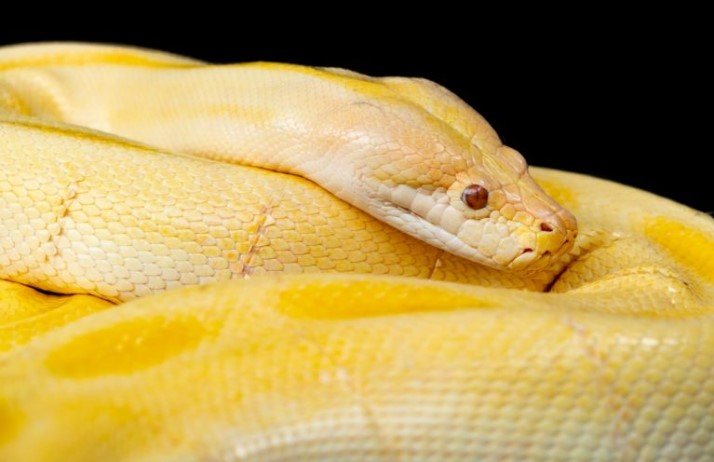
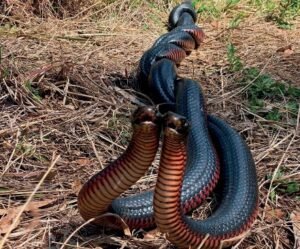
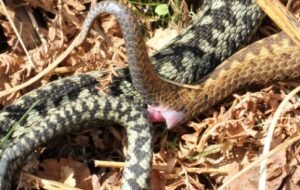
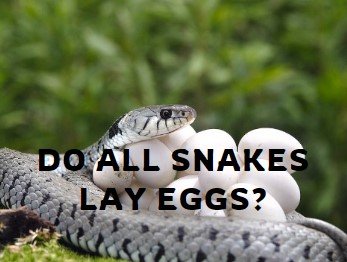
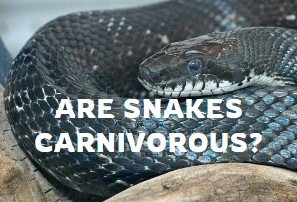

Leave a Reply